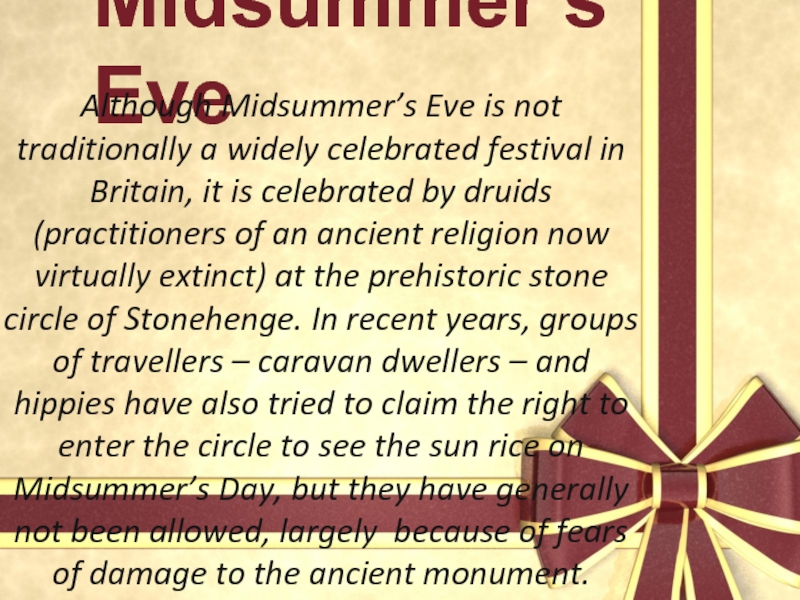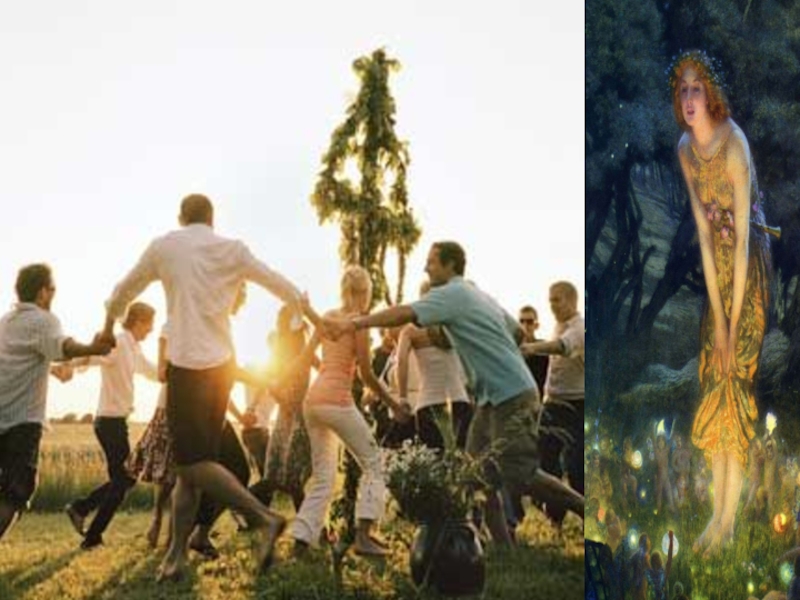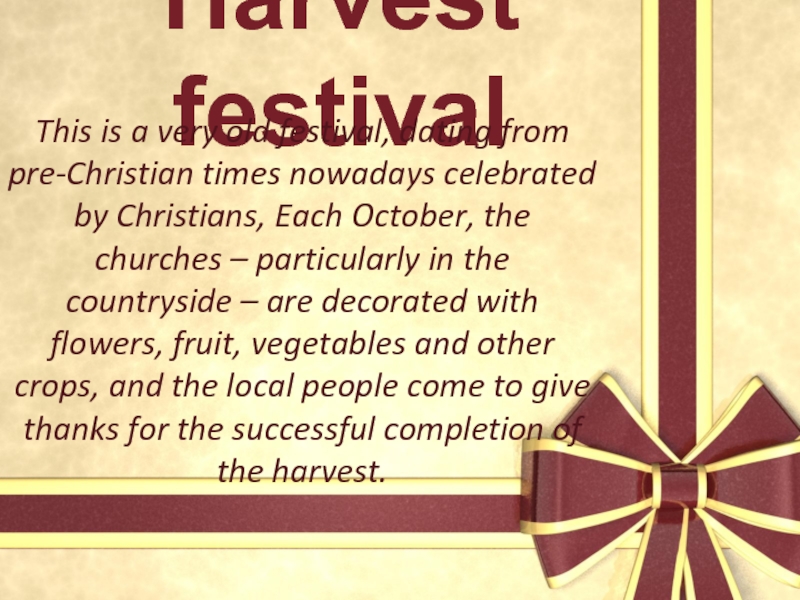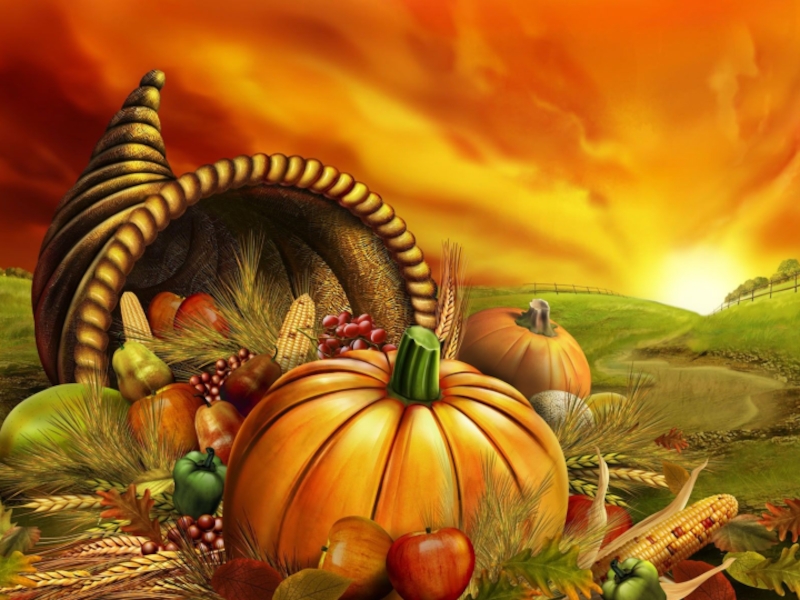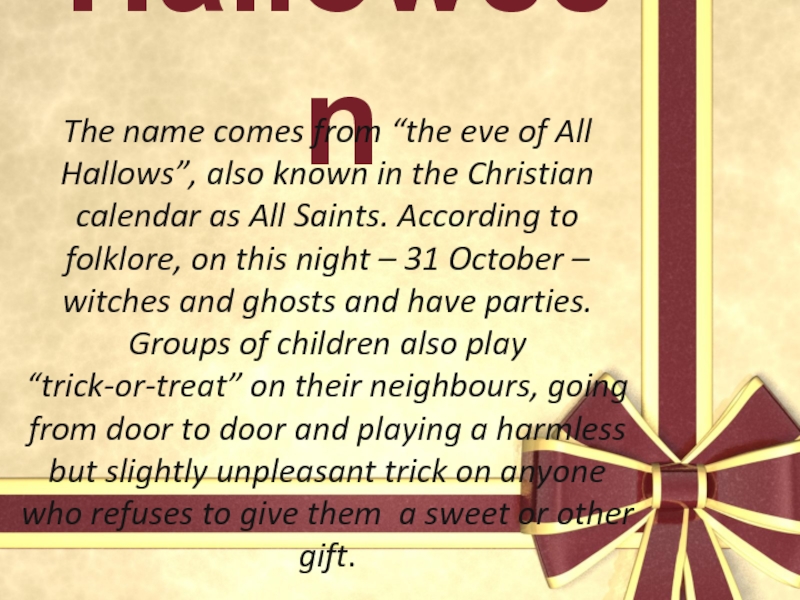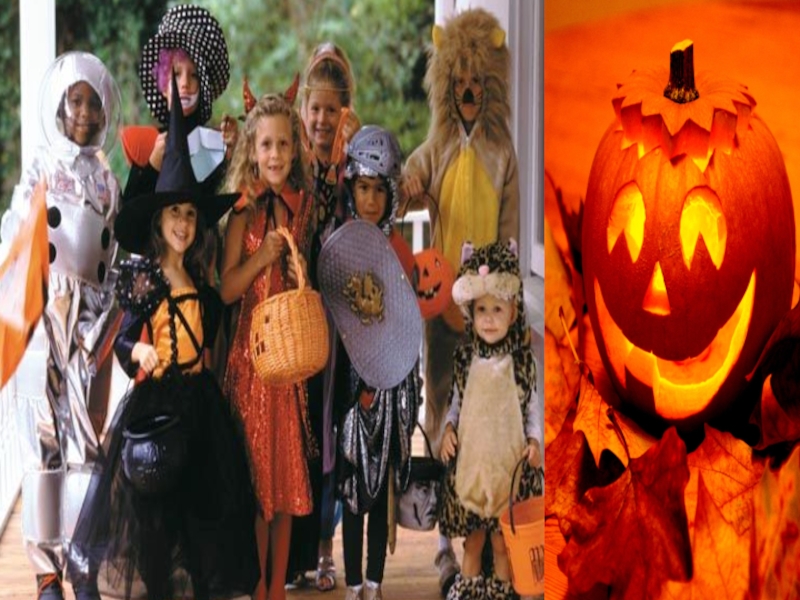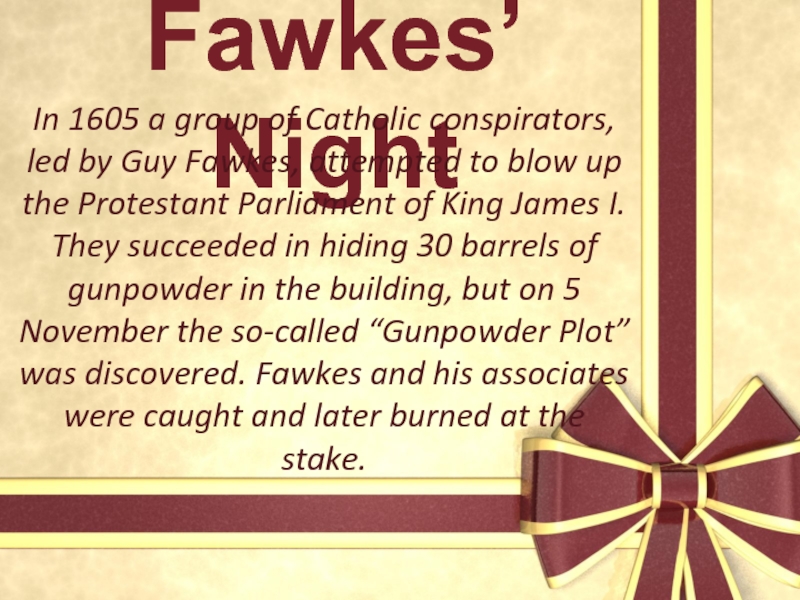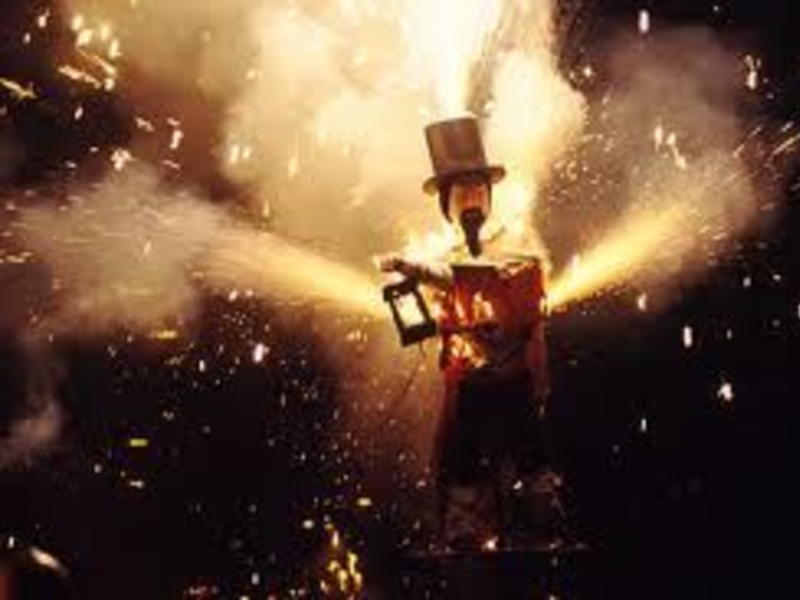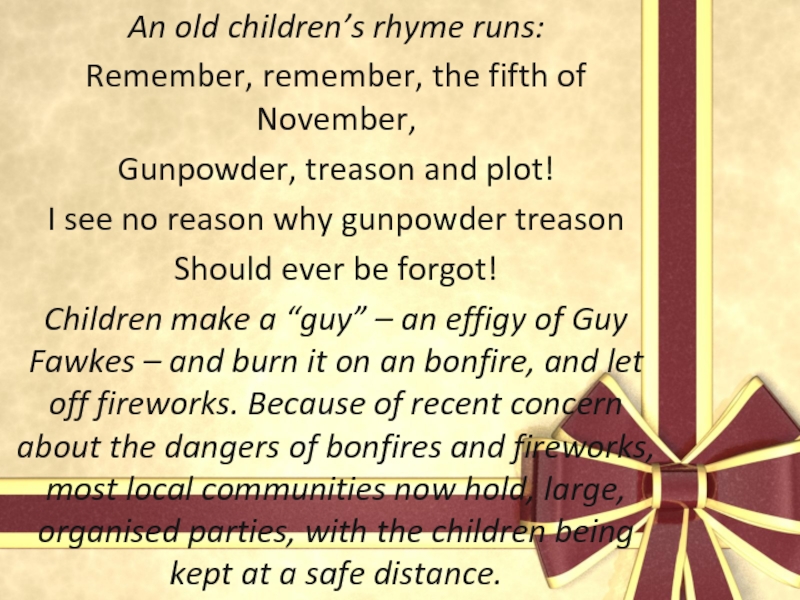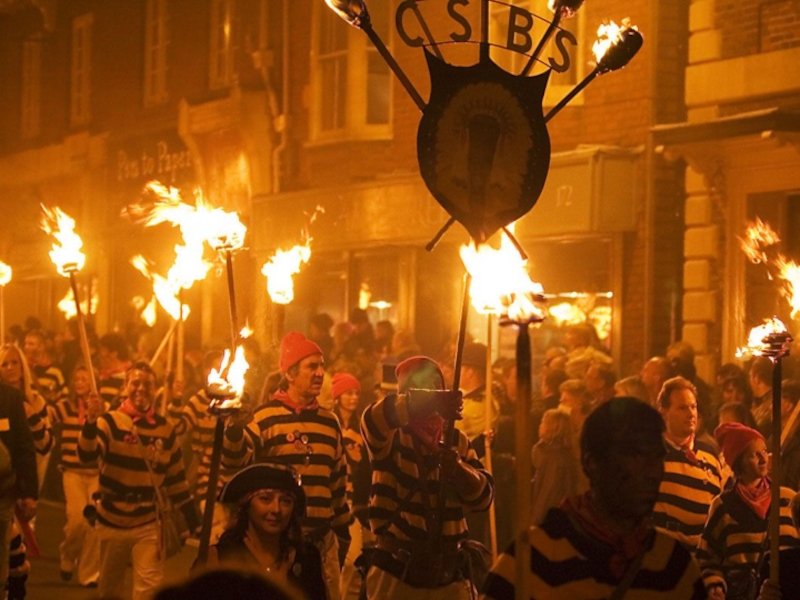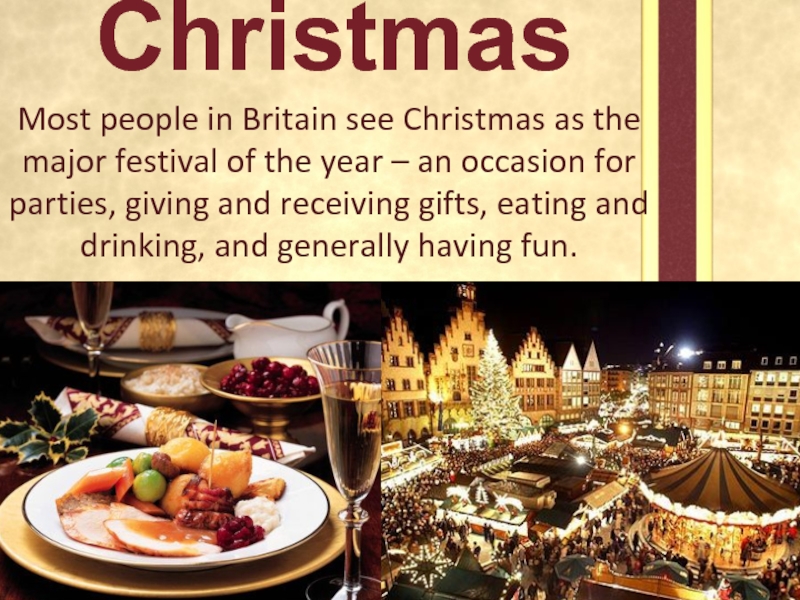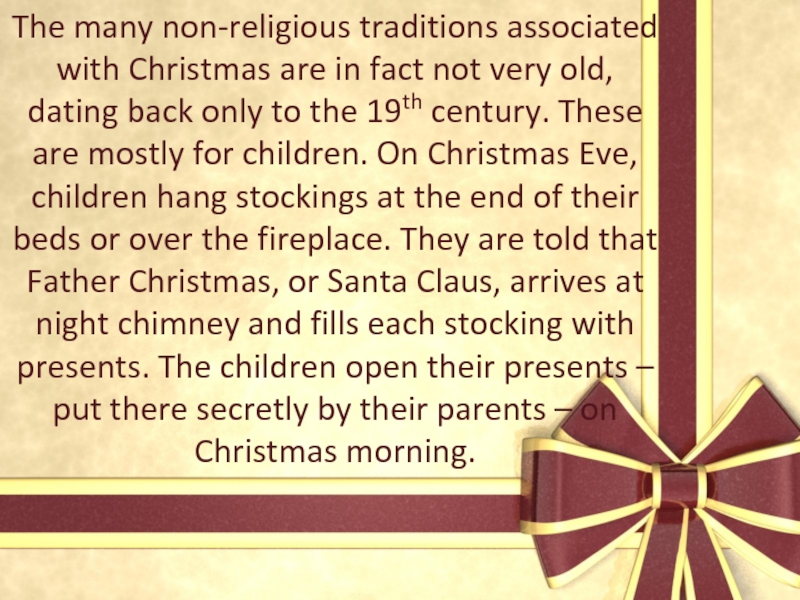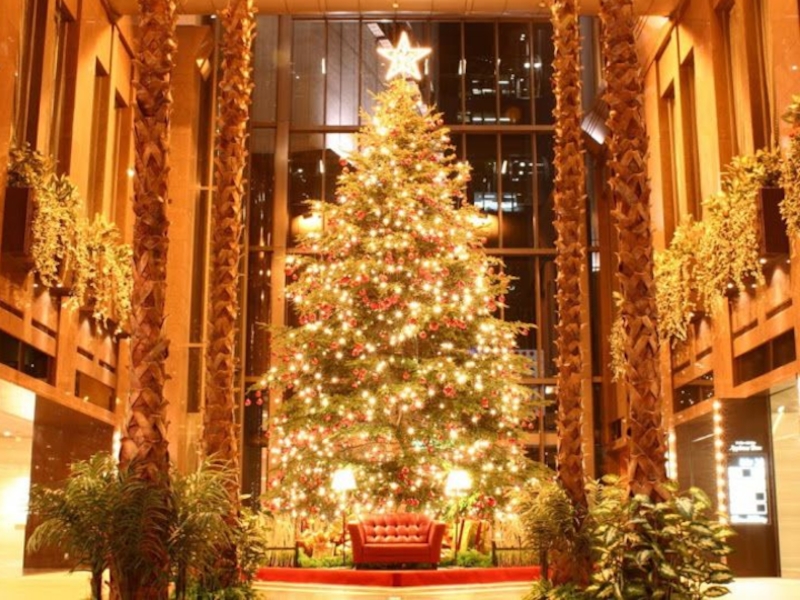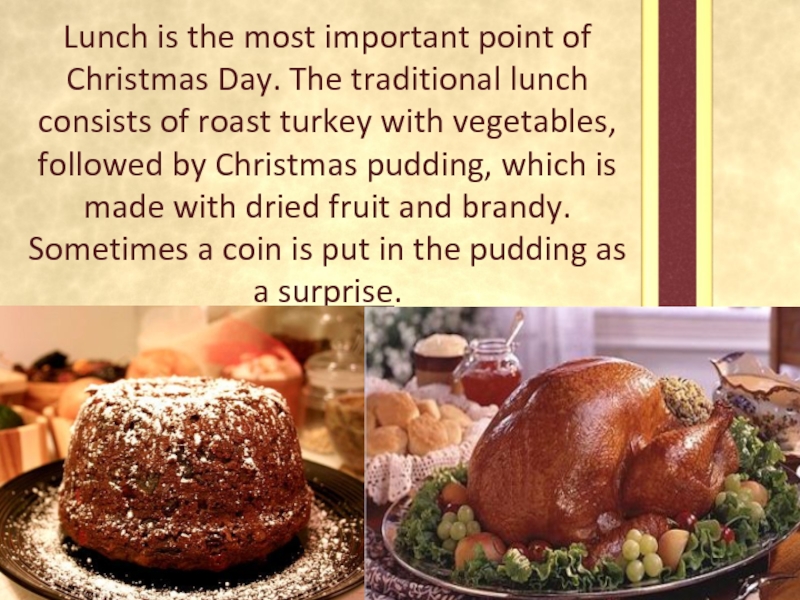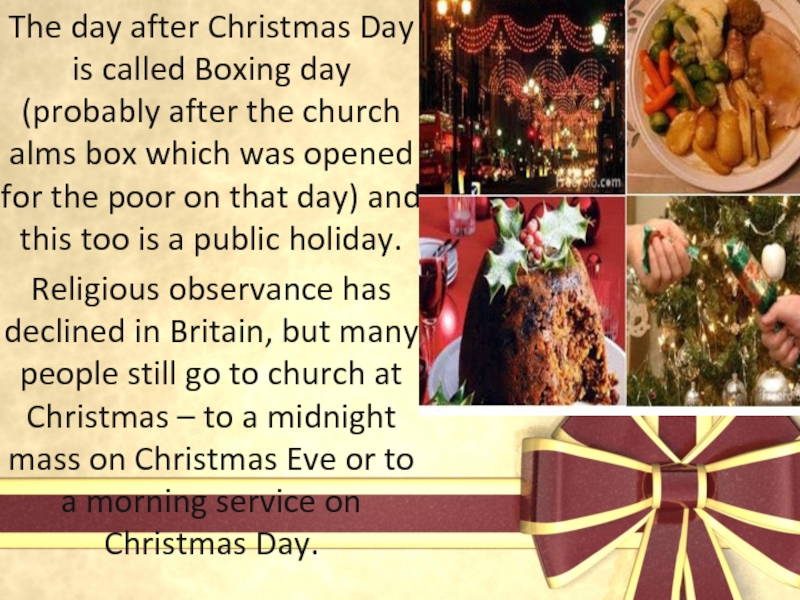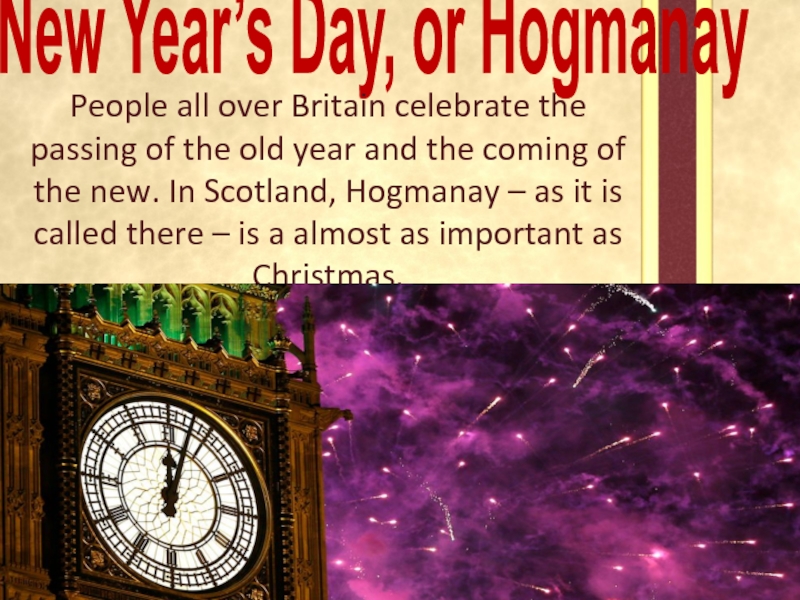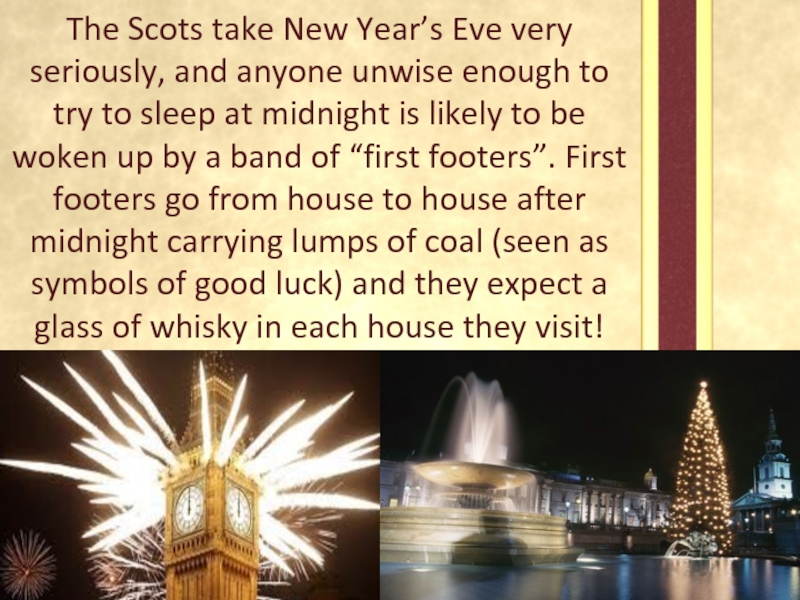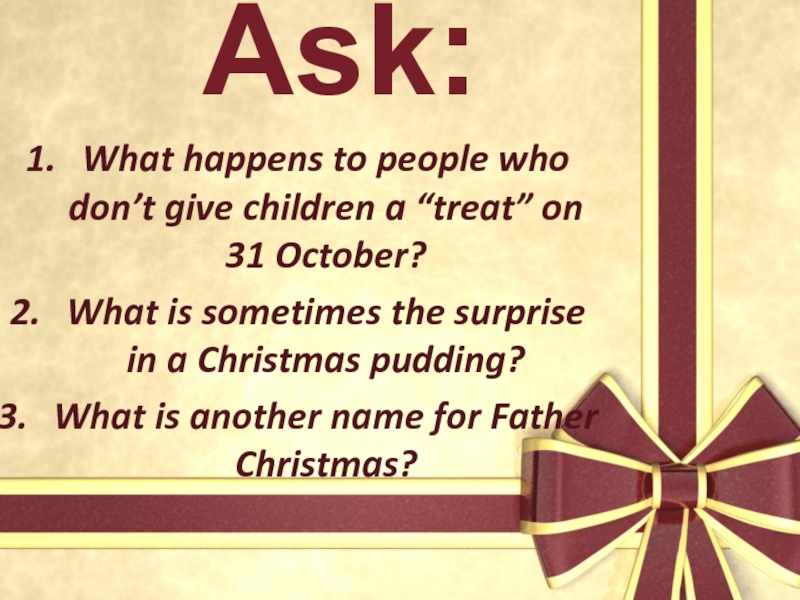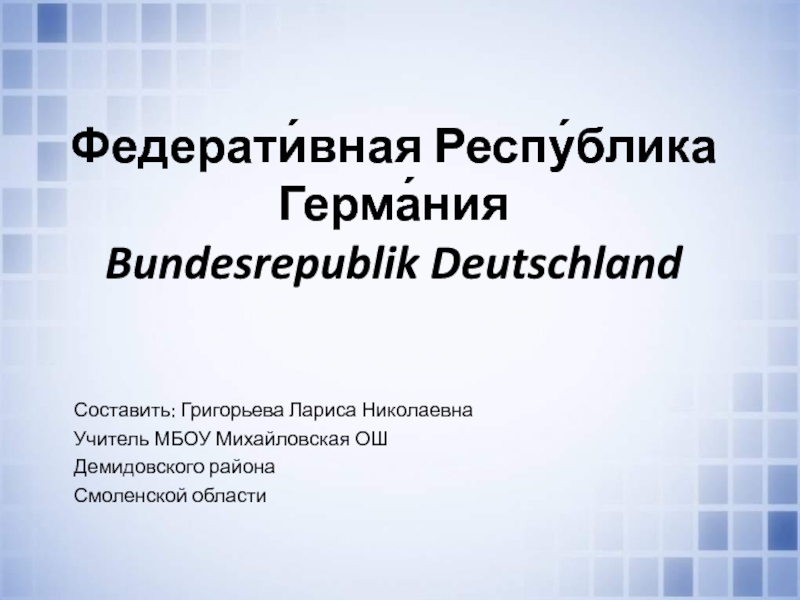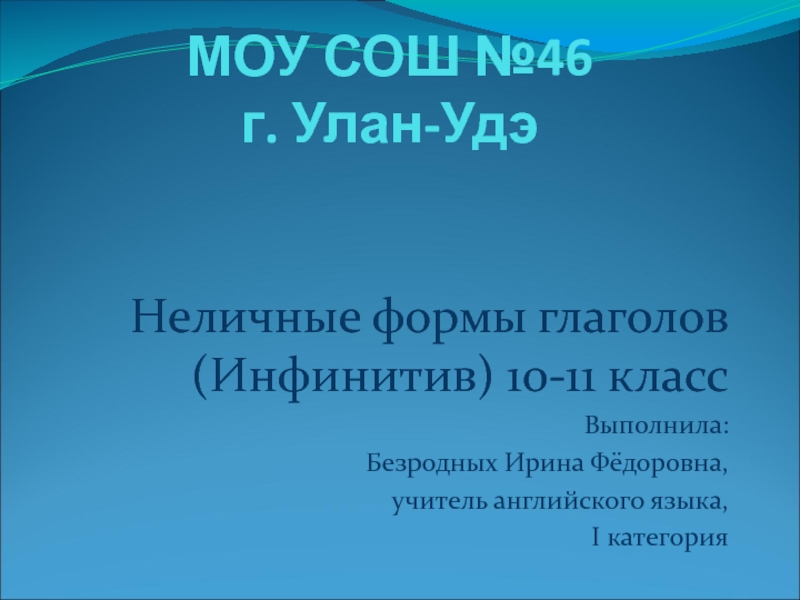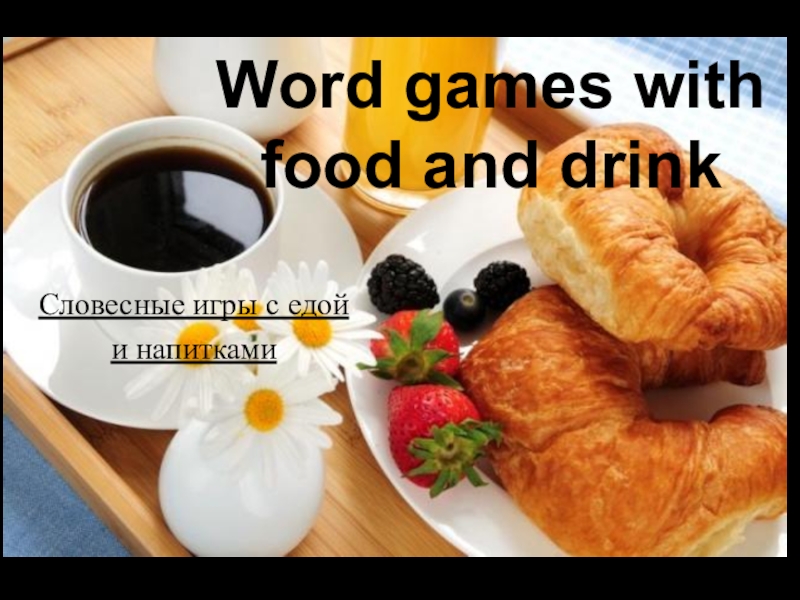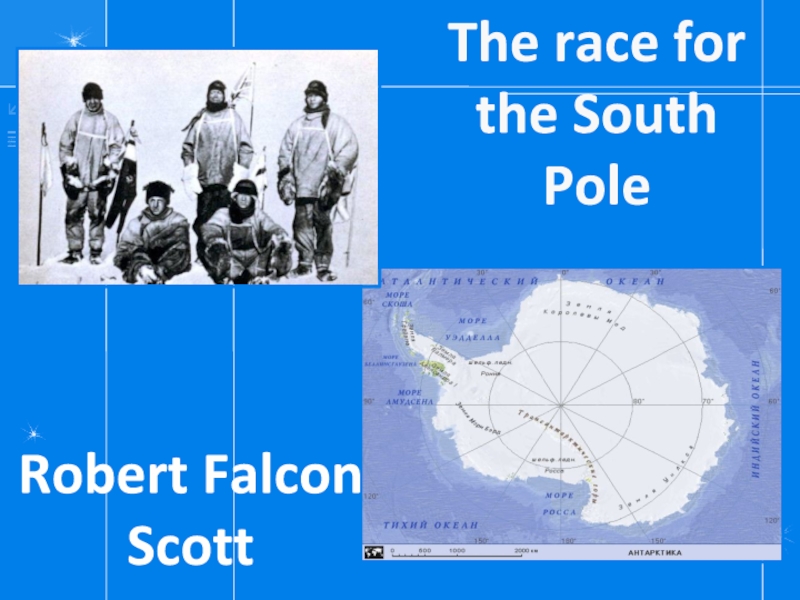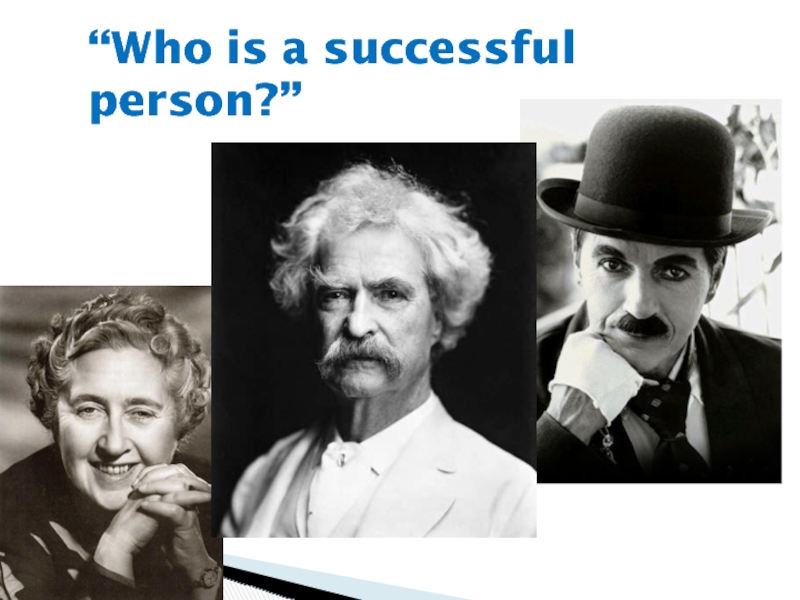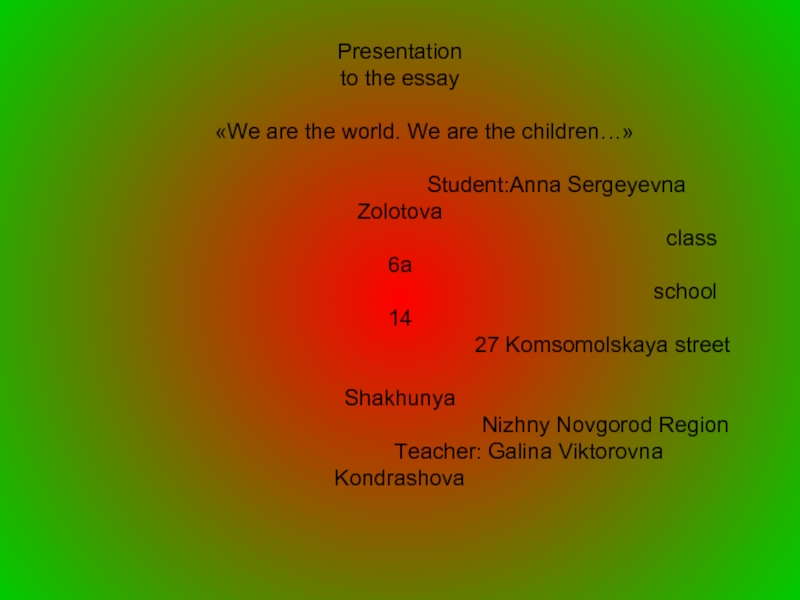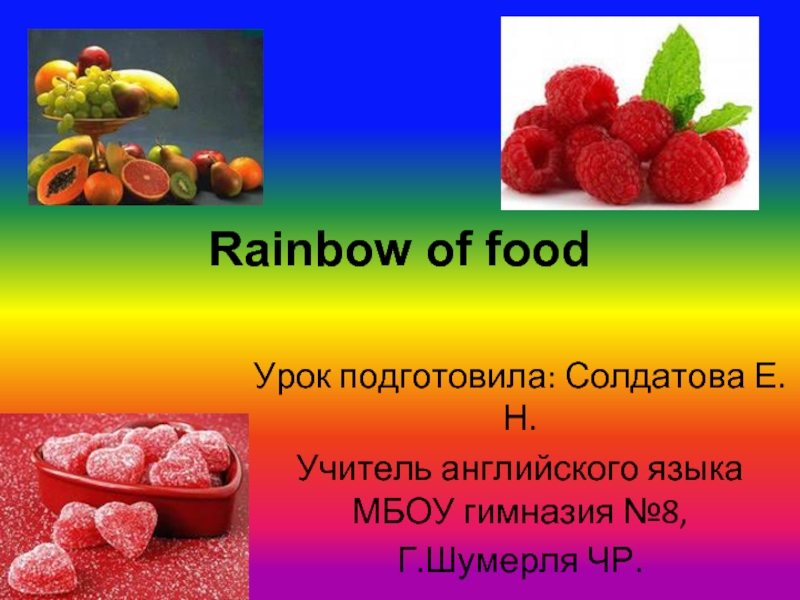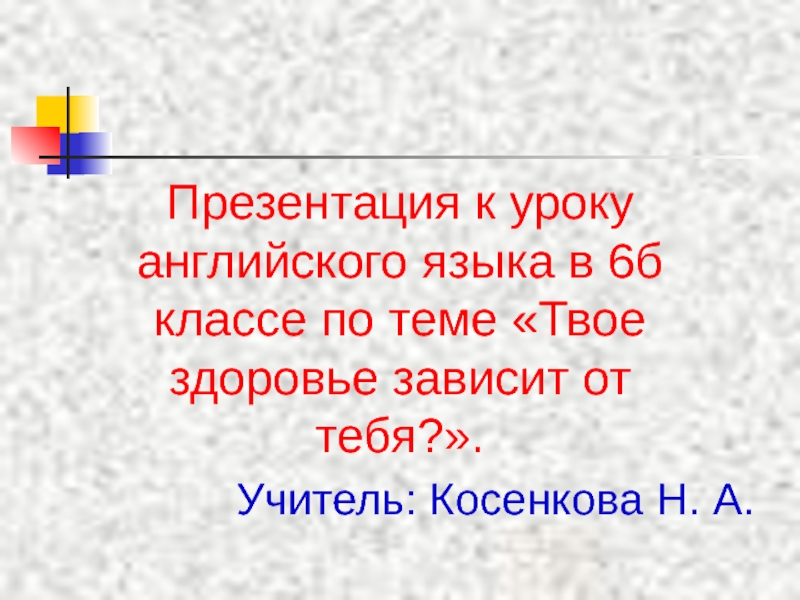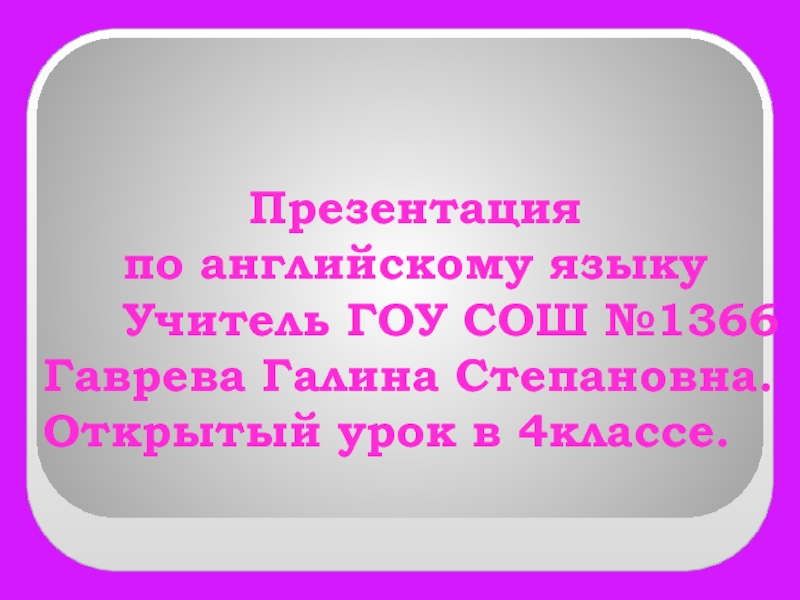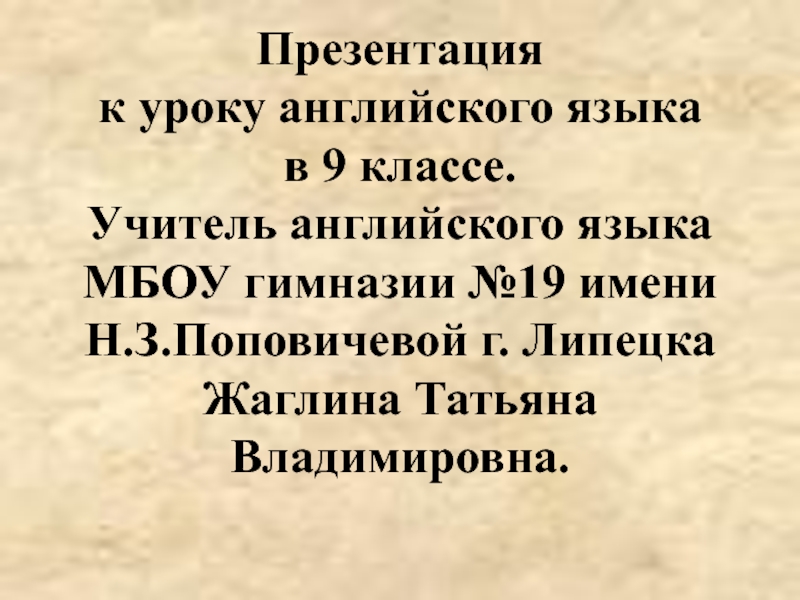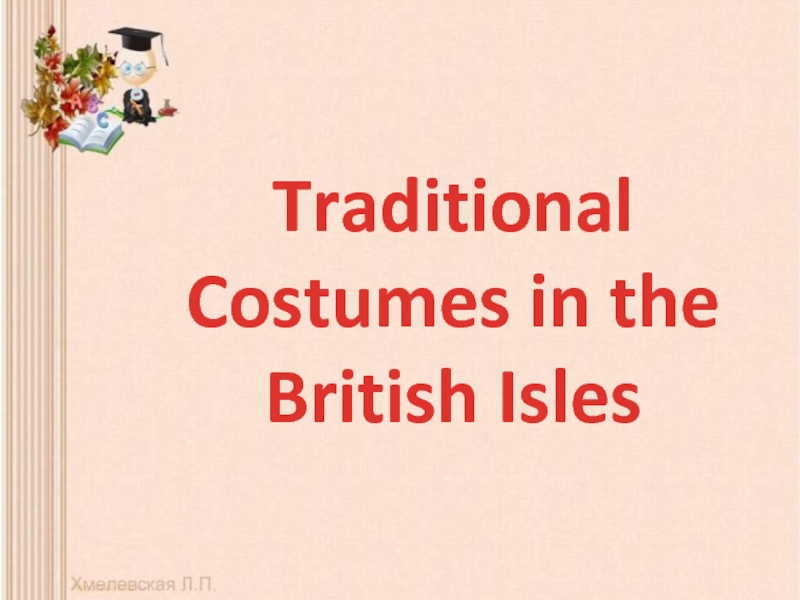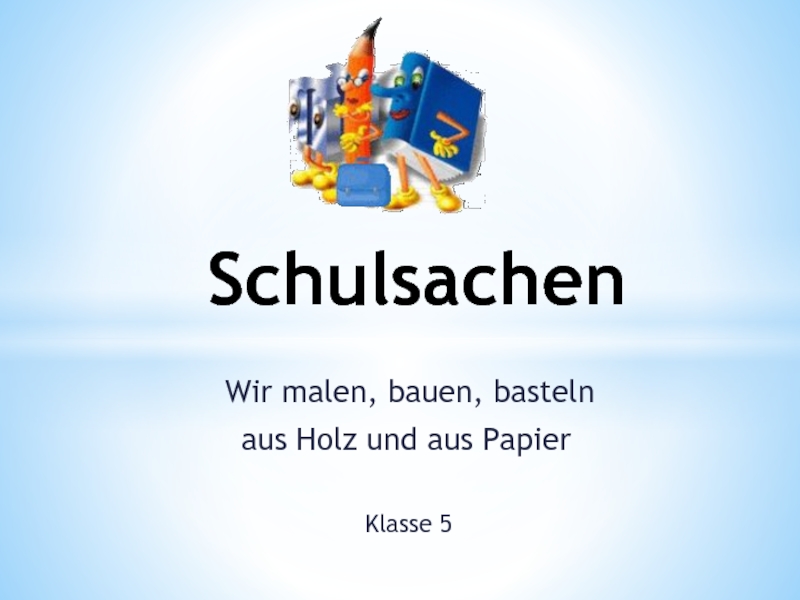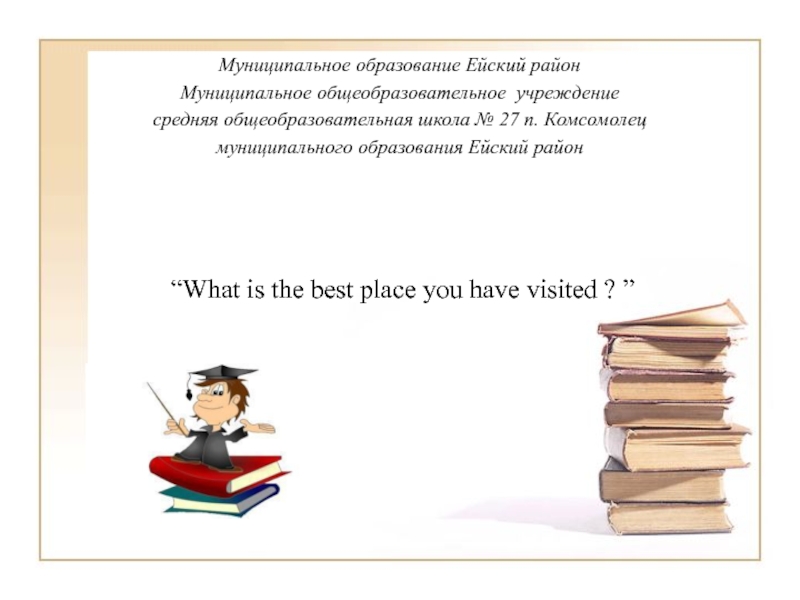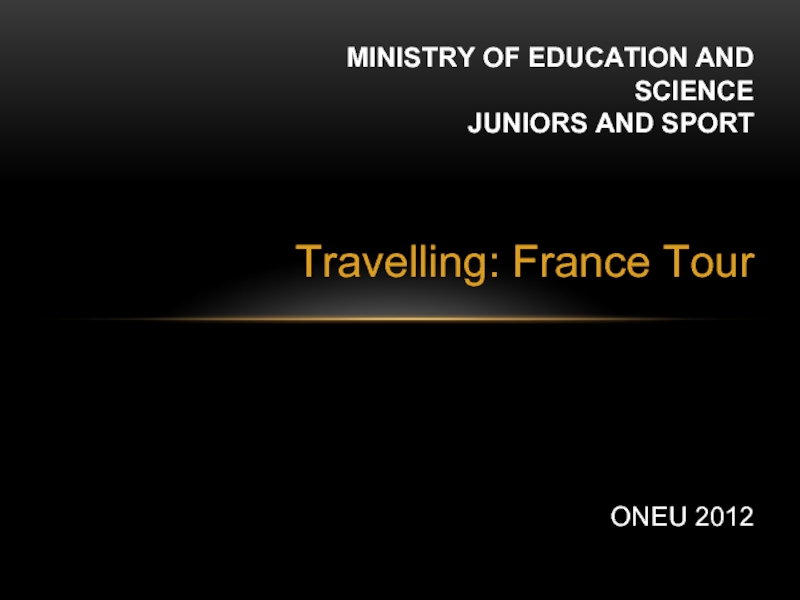Разделы презентаций
- Разное
- Английский язык
- Астрономия
- Алгебра
- Биология
- География
- Геометрия
- Детские презентации
- Информатика
- История
- Литература
- Математика
- Медицина
- Менеджмент
- Музыка
- МХК
- Немецкий язык
- ОБЖ
- Обществознание
- Окружающий мир
- Педагогика
- Русский язык
- Технология
- Физика
- Философия
- Химия
- Шаблоны, картинки для презентаций
- Экология
- Экономика
- Юриспруденция
Festivals in Britain
Содержание
- 1. Festivals in Britain
- 2. Midsummer’s EveAlthough Midsummer’s Eve is not traditionally
- 3. Слайд 3
- 4. Harvest festivalThis is a very old festival,
- 5. Слайд 5
- 6. HalloweenThe name comes from “the eve of
- 7. Слайд 7
- 8. Guy Fawkes’ NightIn 1605 a group of
- 9. Слайд 9
- 10. An old children’s rhyme runs:Remember, remember, the
- 11. Слайд 11
- 12. ChristmasMost people in Britain see Christmas as
- 13. The many non-religious traditions associated with Christmas
- 14. Слайд 14
- 15. Lunch is the most important point of
- 16. The day after Christmas Day is called
- 17. New Year’s Day, or HogmanayPeople all over
- 18. The Scots take New Year’s Eve very
- 19. Thank you for your attention!
- 20. Ask:What happens to people who don’t give
- 21. Скачать презентанцию
Midsummer’s EveAlthough Midsummer’s Eve is not traditionally a widely celebrated festival in Britain, it is celebrated by druids (practitioners of an ancient religion now virtually extinct) at the prehistoric stone circle
Слайды и текст этой презентации
Слайд 4Harvest festival
This is a very old festival, dating from pre-Christian
times nowadays celebrated by Christians, Each October, the churches –
particularly in the countryside – are decorated with flowers, fruit, vegetables and other crops, and the local people come to give thanks for the successful completion of the harvest.Слайд 6Halloween
The name comes from “the eve of All Hallows”, also
known in the Christian calendar as All Saints. According to
folklore, on this night – 31 October – witches and ghosts and have parties. Groups of children also play “trick-or-treat” on their neighbours, going from door to door and playing a harmless but slightly unpleasant trick on anyone who refuses to give them a sweet or other gift.Слайд 8Guy Fawkes’ Night
In 1605 a group of Catholic conspirators, led
by Guy Fawkes, attempted to blow up the Protestant Parliament
of King James I. They succeeded in hiding 30 barrels of gunpowder in the building, but on 5 November the so-called “Gunpowder Plot” was discovered. Fawkes and his associates were caught and later burned at the stake.Слайд 10An old children’s rhyme runs:
Remember, remember, the fifth of November,
Gunpowder,
treason and plot!
I see no reason why gunpowder treason
Should ever
be forgot!Children make a “guy” – an effigy of Guy Fawkes – and burn it on an bonfire, and let off fireworks. Because of recent concern about the dangers of bonfires and fireworks, most local communities now hold, large, organised parties, with the children being kept at a safe distance.
Слайд 12Christmas
Most people in Britain see Christmas as the major festival
of the year – an occasion for parties, giving and
receiving gifts, eating and drinking, and generally having fun.Слайд 13The many non-religious traditions associated with Christmas are in fact
not very old, dating back only to the 19th century.
These are mostly for children. On Christmas Eve, children hang stockings at the end of their beds or over the fireplace. They are told that Father Christmas, or Santa Claus, arrives at night chimney and fills each stocking with presents. The children open their presents – put there secretly by their parents – on Christmas morning.Слайд 15Lunch is the most important point of Christmas Day. The
traditional lunch consists of roast turkey with vegetables, followed by
Christmas pudding, which is made with dried fruit and brandy. Sometimes a coin is put in the pudding as a surprise.Слайд 16The day after Christmas Day is called Boxing day (probably
after the church alms box which was opened for the
poor on that day) and this too is a public holiday.Religious observance has declined in Britain, but many people still go to church at Christmas – to a midnight mass on Christmas Eve or to a morning service on Christmas Day.
Слайд 17New Year’s Day, or Hogmanay
People all over Britain celebrate the
passing of the old year and the coming of the
new. In Scotland, Hogmanay – as it is called there – is a almost as important as Christmas.Слайд 18The Scots take New Year’s Eve very seriously, and anyone
unwise enough to try to sleep at midnight is likely
to be woken up by a band of “first footers”. First footers go from house to house after midnight carrying lumps of coal (seen as symbols of good luck) and they expect a glass of whisky in each house they visit!Слайд 20Ask:
What happens to people who don’t give children a “treat”
on 31 October?
What is sometimes the surprise in a Christmas
pudding?What is another name for Father Christmas?

